Three Signs of an Exceptional Taxidermist
As an art form, taxidermy is by definition subjective. What appeals to one may not appeal to another. Still, there remains at least a baseline that we can use to measure the overall quality of a trophy. And it has less to do with an individual trophy than it does the taxidermist himself. When you work with someone who truly understands his or her craft, your chances of a quality piece go up. The issue, then, becomes finding such a craftsman.
There are three signs of an exceptional taxidermist, and all of them are perfectly captured in the father of modern taxidermy.
The Father of Modern Taxidermy
Carl Akeley is widely considered the father of modern taxidermy. He was the first to use skeletons and anatomy charts to build accurate mannikins, and he was the first to apply the tanned skins to his finished forms. Before Akeley’s approach, taxidermy was less an art form and more a dead-skins-stuffed-with-sawdust-and-cotton situation. He began with a canary, but before his death he had created the Akeley Hall of African Mammals at the American Museum of Natural History in New York. It stands to this day as the gold standard of taxidermy. Each diorama is impressive in design and composition. The taxidermy itself is beautiful and way ahead of its time, while the flora and fauna are authentic and realistic.
Akeley was a sculptor, biologist, conservationist, inventor, and nature photographer. It’s a range that’s evident in the work that he created. Three characteristics about Akeley remain representative today of exceptional taxidermists:
1. He was a naturalist
Akeley led an amazing life. In the early part of the 20th century, he was being charged by elephants and wrestling leopards in Africa. Akeley, along with his wife and son, was part of an animal conservation and education effort that brought animals and landscapes from around the world to people who would never otherwise have the opportunity to see them. His goal was truly to honor these animals — it’s a level of respect that we deeply understand here at Animal Artistry. Akeley spent significant time in the field studying both the animals and the environment in which they lived, which gave him a deep understanding that’s clearly evident in his work.
2. He was an artist
Taxidermy wasn’t Akeley’s only medium. He would eventually create some of the world’s greatest bronzes, with some selling for over $100,000. And then there’s the story of The Old Lion — a bronze statue meant to symbolize the strength, courage, and fearlessness of Theodore Roosevelt after his death. Roosevelt was a close personal friend of Akeley’s, and he cast a single bronze of the lion before destroying both the model and the mold.
Akeley’s artistic ability was fundamental to his naturalism, and again, it’s something that comes across so plainly in his work.
3. He was a craftsman
Akeley was committed to creating the most realistic taxidermy he could, right down to the smallest detail. He was careful, patient, focused, and driven by authenticity — a true craftsman. His standards were high, and he compared his work to the real thing.
Signs That Stand to This Day
These three elements still provide the basis for an exceptional taxidermist. And while there may be many taxidermists in the industry, it’s simply a fact that not all can claim to be naturalists, artists, and craftsmen. Those that can, however, tend to be the very taxidermists creating work that can truly be considered an art form.


